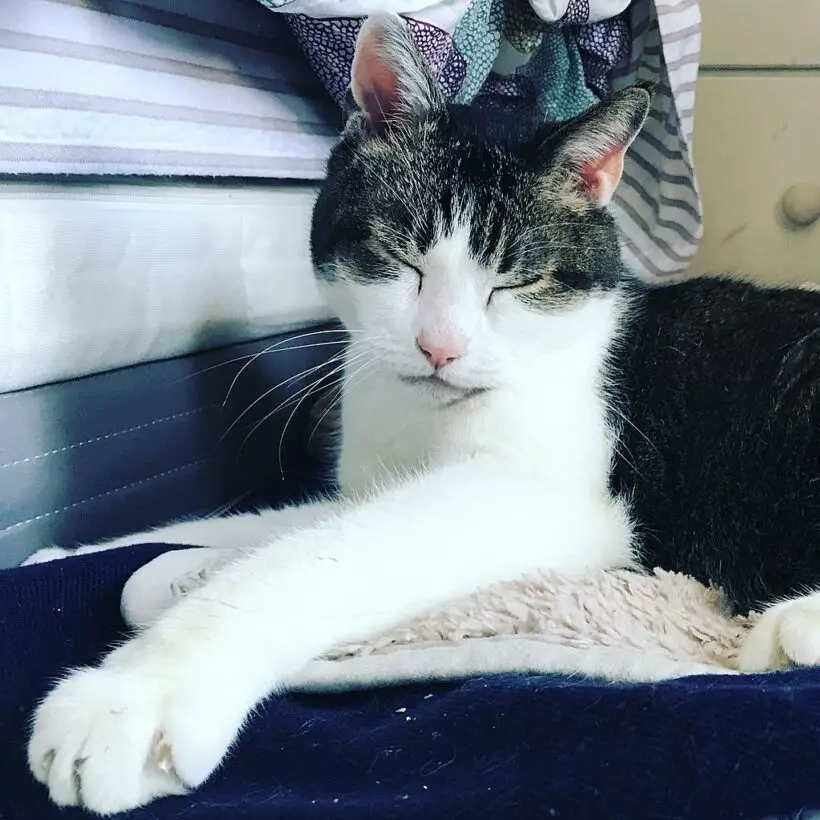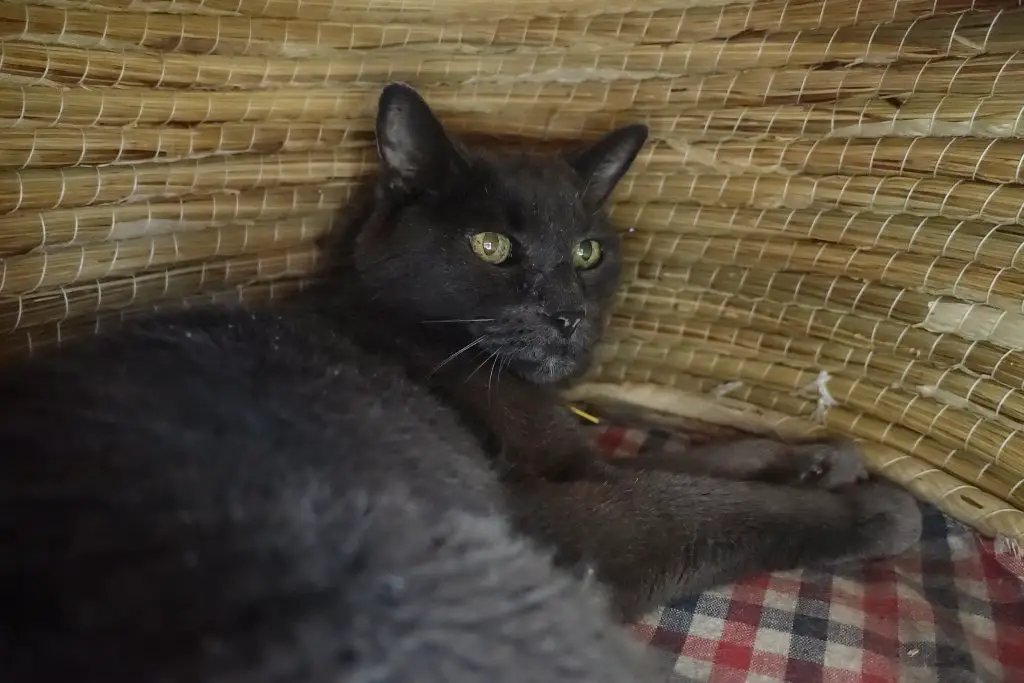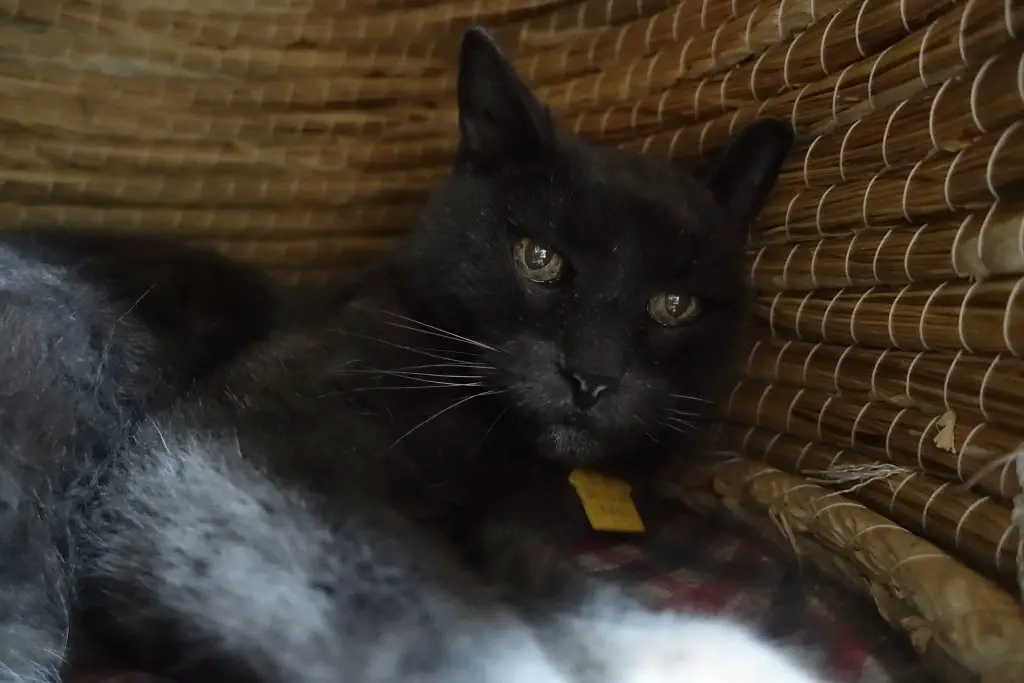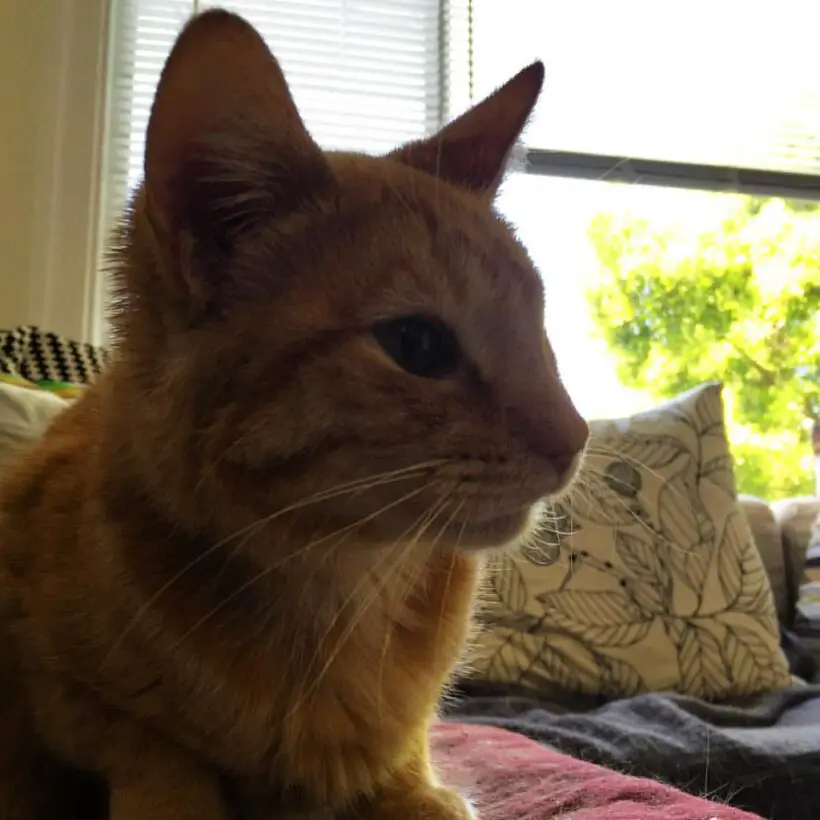There is a lot of misinformation out there about whether Gabapentin causes cats to wobble.
Some people believe that the drug definitely makes cats unsteady on their feet, while others think that it might only happen in some cases. So what is the truth?
In this blog post, we will take a look at the evidence and find out what really happens when cats take Gabapentin.
Key Takeaway
- Gabapentin, a medication often used for sedation or anxiety relief in cats, can cause side effects like wobbliness, with approximately 40% of cats experiencing this effect after administration.
- Giving your cat too much Gabapentin can result in an overdose, leading to symptoms such as increased drowsiness, lethargy, ataxia (loss of coordination), depression, and in some cases, vomiting or diarrhea, although it is generally not fatal.
- The side effects of Gabapentin in cats, which can include excessive sleepiness, loss of balance, and fatigue, typically last for about 12-24 hours but may persist longer in pets with kidney or liver problems.
Does Gabapentin Make Cats Wobbly?

Gabapentin, often used as a sedative or anti-anxiety medication in feline patients, can indeed lead to a temporary loss of balance, causing cats to appear wobbly.
From my years of experience as a veterinarian, I can attest that Gabapentin is a commonly prescribed medication for cats, particularly for its mild sedative effects and its efficacy in managing anxiety-related behaviors. It is notably beneficial when it comes to making potentially stressful situations, such as vet visits or car rides, less daunting for our feline companions.
However, just like any medication, Gabapentin can cause side effects, one of which is making cats appear wobbly or unsteady on their feet. This is a common observation and is usually not a cause for alarm.
The reason behind this effect is that Gabapentin works by calming the nervous system, which can temporarily affect a cat’s balance. It’s akin to how some people might feel a bit unsteady after taking certain types of medication or after waking from a deep sleep.
In most cases, this wobbliness is transient and resolves within several hours after administration of the drug. From a clinical perspective, approximately 40% of cats may exhibit this side effect post-Gabapentin administration, but it usually resolves within 8 hours.
In conclusion, if your cat appears wobbly after being given Gabapentin, it’s usually a normal side effect and nothing to be overly concerned about. However, if the wobbling persists or if your cat shows other signs of distress, it’s always a good idea to contact your vet for advice.
Correct Gabapentin Dosage For Cats According To Weight
| Cat Weight | Gabapentin Dosage | Frequency |
|---|---|---|
| 1-5 lbs | 10-50 mg | Once every 8-12 hours |
| 6-10 lbs | 60-100 mg | Once every 8-12 hours |
| 11-15 lbs | 110-150 mg | Once every 8-12 hours |
| 16-20 lbs | 160-200 mg | Once every 8-12 hours |
What Happens If You Give Your Cat Too Much Gabapentin?

If you give your cat too much gabapentin, the most likely outcome is that they will simply sleep more than usual or become wobbly. However, there is a small chance that your cat could experience more serious side effects such as trouble breathing or even seizures.
If you think your cat has received too much gabapentin, it is important to contact your veterinarian right away. They will be able to determine if your cat needs any treatment and make sure that they recover.
Gabapentin is an anti-epileptic drug, also called an anticonvulsant. It affects chemicals and nerves in the body that are involved in the cause of seizures and some types of pain.
Gabapentin is used in humans as an adjunct therapy for partial seizures with or without secondary generalization in adults and children over 12 years of age.
In cats, gabapentin is used off-label as an adjunctive treatment for chronic pain associated with conditions such as osteoarthritis, cancer, and nerve damage.
The recommended dose of gabapentin for cats is 0.25 to 0.75 mg per pound (0.55 to 1.55 mg per kg) of body weight every eight to 12 hours. Most cats get a dose in the range of 5 to 10 mg per day, given in divided doses.
The most common side effects seen with gabapentin in cats are sedation and ataxia (loss of coordination). Gabapentin may also interact with other medications your cat is taking. Be sure to tell your veterinarian about any other drugs your cat takes on a regular basis says PetMD.
Side Effects of Gabapentin In Cats
The most common side effects of Gabapentin in cats include sedation, difficulty with balance and coordination, and occasional diarrhea.
Sedation
As a practicing veterinarian, I’ve observed that one of the most prevalent side effects of Gabapentin in cats is sedation. Cats on this medication often appear sleepy or lethargic, which can be beneficial for those dealing with anxiety or restlessness. However, if your cat seems overly sedated or unresponsive, it’s crucial to consult with your vet as the dosage may need adjusting.
Difficulty with Balance and Coordination
Another common side effect I’ve seen in practice is difficulty with balance and coordination, also known as ataxia. This can manifest as clumsiness or stumbling and is usually more noticeable when the cat is moving around. While this side effect is generally temporary and improves as the cat adjusts to the medication, any persistent issues should be reported to your vet.
Occasional Diarrhea
Some cats may experience gastrointestinal upset, including occasional diarrhea when taking Gabapentin. In my experience, this side effect is usually mild and temporary, resolving as the cat’s system gets used to the medication. However, if your cat has persistent diarrhea or any other signs of gastrointestinal distress, it’s important to contact your vet.
How Long Do The Side Effects Of Gabapentin Last In Cats?

The side effects of Gabapentin in cats, such as sedation or lethargy, generally subside within 12 to 24 hours, although this duration can be longer in cats with liver or kidney issues.
As a practicing veterinarian, I’ve frequently prescribed Gabapentin for cats, particularly to manage chronic pain or anxiety.
While it’s generally well-tolerated by most feline patients, it can cause some side effects, the most common being mild sedation, lethargy, and sometimes a loss of balance. From my experience, these side effects typically start to fade within 12 to 24 hours after the medication is given.
However, it’s important to note that every cat is unique and their responses to medication can vary. In particular, older cats or those with underlying health conditions, especially kidney or liver problems, may take a bit longer to metabolize the drug, and therefore, the side effects might persist for a little longer.
How Does Gabapentin Make a Cat Feel?

Gabapentin typically makes a cat feel relaxed and less anxious, and it can also provide relief from chronic pain.
In my professional experience as a veterinarian, when a cat is given Gabapentin, the most common effect is a noticeable decrease in anxiety levels.
Cats often become more relaxed and may even seem a bit drowsy or lethargic. This is because Gabapentin works by calming down nerve activity, helping to reduce feelings of anxiety and discomfort.
For cats that are dealing with chronic pain, Gabapentin can also provide significant relief. It’s not uncommon for a cat on Gabapentin to start moving around more comfortably and show increased interest in activities they might have been avoiding due to discomfort.
However, it’s important to remember that every cat is an individual in their response to medication. Some cats might become very sedate and spend much of the day sleeping, while others might just seem a bit calmer than usual.
As a rule, if you’re noticing any drastic changes in your cat’s behavior after starting them on Gabapentin, it’s a good idea to discuss this with your vet to ensure the dosage is appropriate and that your cat is not experiencing any adverse effects.
Can Gabapentin Cause Ataxia In Cats?
Yes, gabapentin can cause ataxia in cats. Ataxia is a condition that affects the nervous system and can cause incoordination, tremors, and loss of balance. If your cat is taking gabapentin and begins to show signs of ataxia, contact your veterinarian right away.
Treatment for ataxia will vary depending on the underlying cause but may include medications to help control the symptoms. In severe cases, hospitalization may be necessary.
Gabapentin is a medication that is commonly used to treat nerve pain and seizures in humans and animals alike. It works by affecting certain chemicals in the brain that are responsible for transmitting pain signals. While gabapentin is generally considered safe, there are potential side effects that can occur. Ataxia is one of the more serious side effects and can be very dangerous for cats if not treated promptly.
Gabapentin is a medication that is used to treat seizures in humans and animals. It is also used to relieve pain after surgery. Gabapentin can be prescribed by your veterinarian for ataxia in cats.
The usual dose of gabapentin for ataxia in cats is 0.25 to 0.75 mg per pound of body weight every eight hours. This means that a ten-pound cat would need between two and six milligrams of gabapentin every twelve hours.
If your cat has ataxia caused by Gabapentin, the first thing that you should do is contact your vet and discuss stopping or reducing the dose of the medication. In some cases, this may be all that is necessary to improve the ataxia. If the ataxia is caused by another condition, your vet will likely recommend other treatment options.
General things that can be done to help a cat with ataxia include: providing a safe and comfortable environment, keeping them well-hydrated, and feeding them a nutritious diet.
FAQs
Q: What is gabapentin commonly used for in cats?
A: Gabapentin is commonly used in cats for managing chronic pain conditions, such as arthritis or nerve pain. It can also help to reduce anxiety in cats who may be experiencing stress or fear.
Q: Is gabapentin safe for cats?
A: Yes, gabapentin is generally safe for cats when used as prescribed by a veterinarian. However, like any medication, it can have side effects, so it’s important to follow your vet’s instructions and monitor your cat closely during treatment.
Q: Are there any side effects of using gabapentin in cats?
A: Yes, some common side effects of using gabapentin in cats include sedation, drowsiness, loss of coordination, and gastrointestinal upset. These side effects are usually mild and temporary.
Q: How long does it take for gabapentin to take effect in cats?
A: The onset of action for gabapentin in cats can vary, but it usually takes about 1-2 hours for the medication to start working. However, for some cats, it may take a few days of consistent dosing to see the full effects.
Q: Can gabapentin be used for short-term treatment in cats?
A: Yes, gabapentin can be used for short-term treatment in cats, such as for post-operative pain management or during stressful events like veterinary visits. However, it’s important to follow your vet’s instructions and not exceed the recommended duration of use.
Q: Can gabapentin be used in combination with other medications in cats?
A: Yes, gabapentin can be used in combination with other medications in cats. Your vet may prescribe gabapentin along with other pain relievers or anti-anxiety medications to provide a comprehensive treatment plan for your cat’s specific needs.
Q: How should gabapentin be administered to cats?
A: Gabapentin is usually given to cats orally, in the form of capsules or a flavored oral liquid. Your veterinarian will provide you with specific instructions on how to properly administer the medication to your cat.
Q: Can gabapentin be used in cats with kidney disease?
A: Gabapentin should be used with caution in cats with kidney disease, as the medication is primarily excreted through the kidneys. Your vet will determine the appropriate dosage and frequency of administration based on your cat’s individual health status.
Conclusion and final thoughts
In conclusion, while gabapentin may have its benefits in treating certain conditions in cats, it is important to be aware of potential side effects such as wobbliness and sedation.
As with any medication, it is crucial to consult with a veterinarian before administering gabapentin to your feline friend.
By properly monitoring dosage and being knowledgeable about the drug’s effects, you can help ensure the safety and well-being of your beloved pet.




